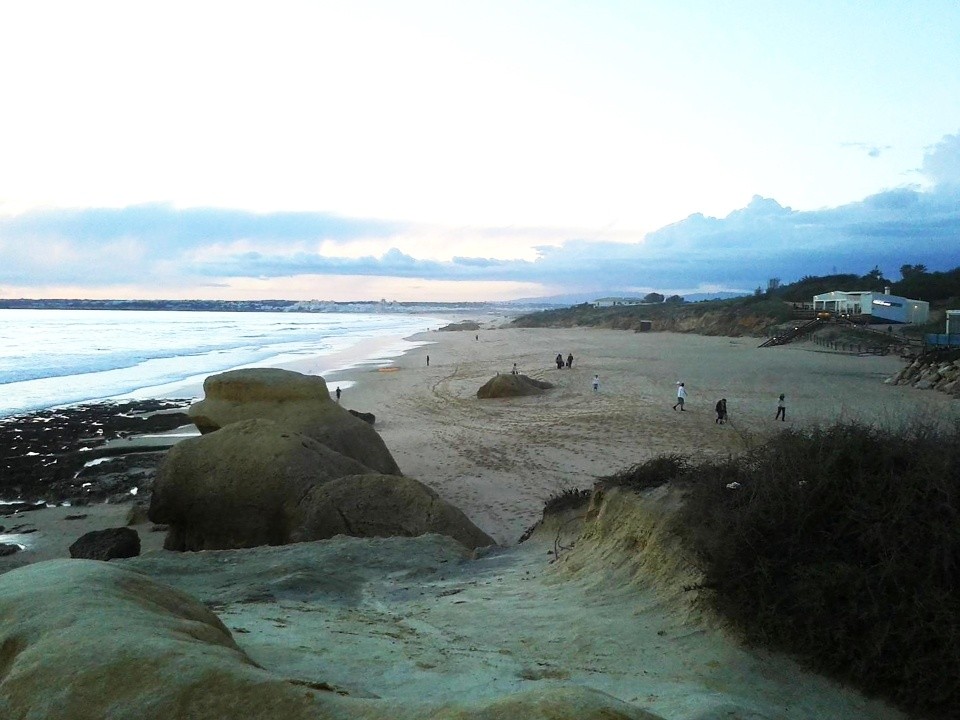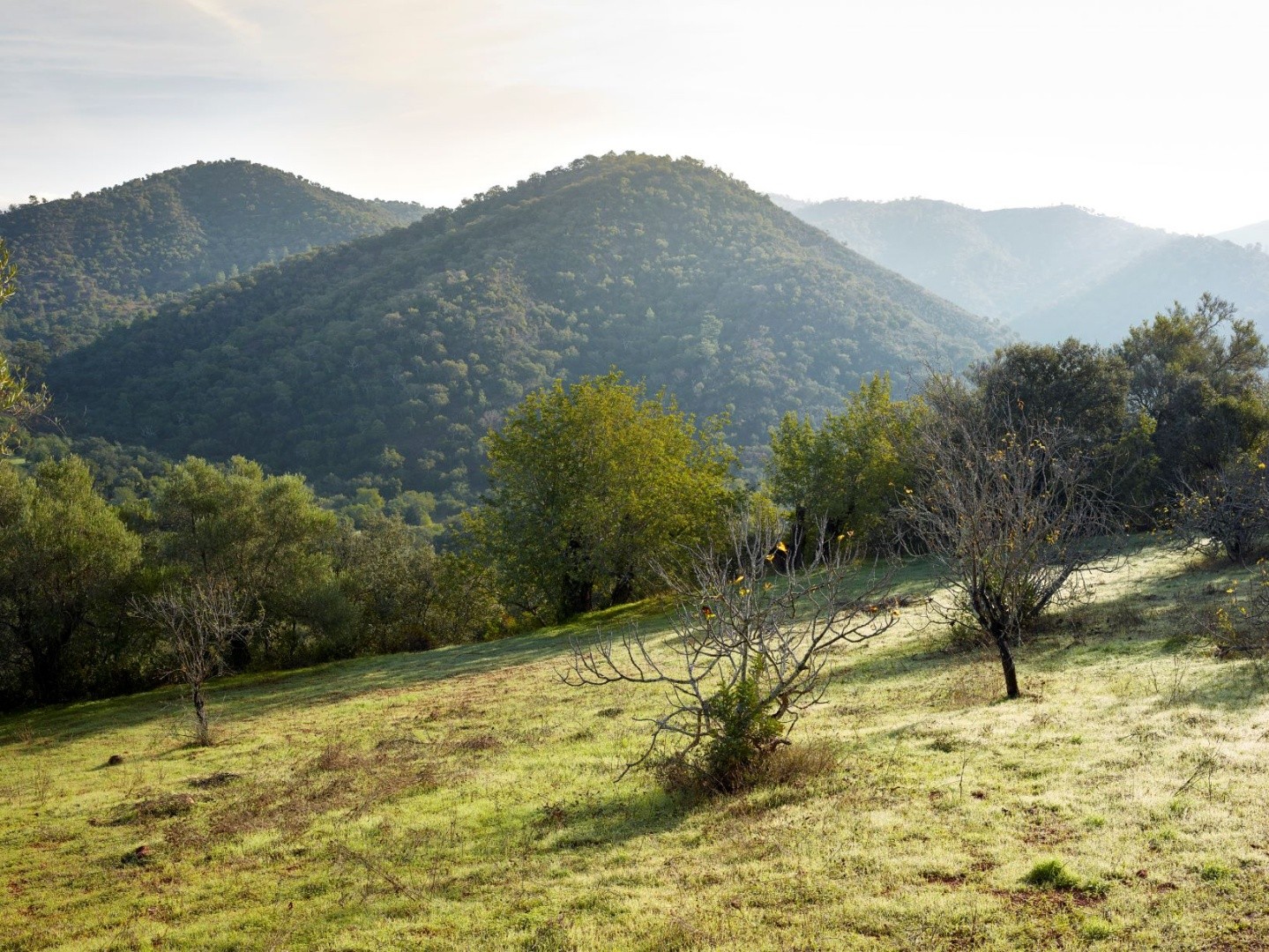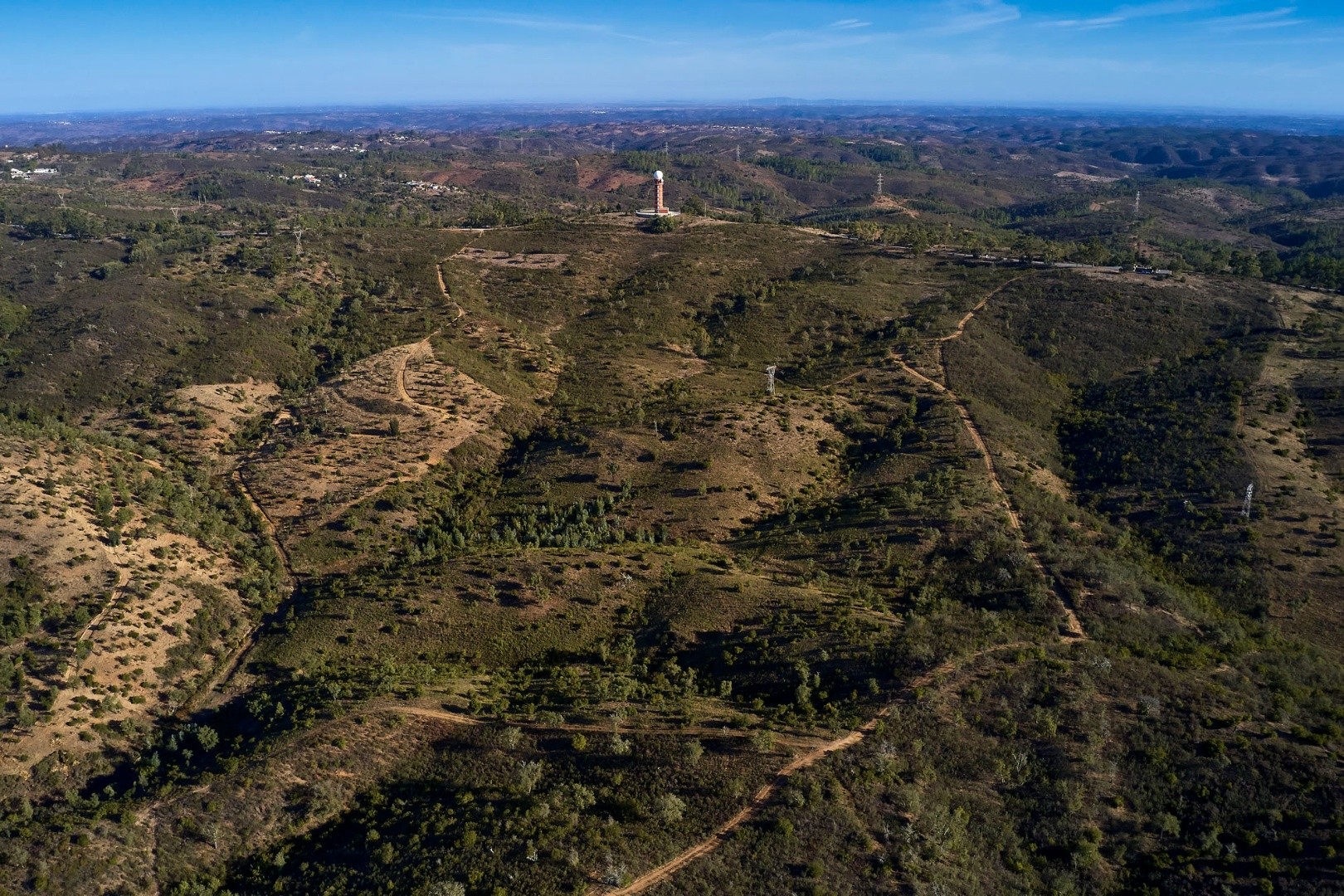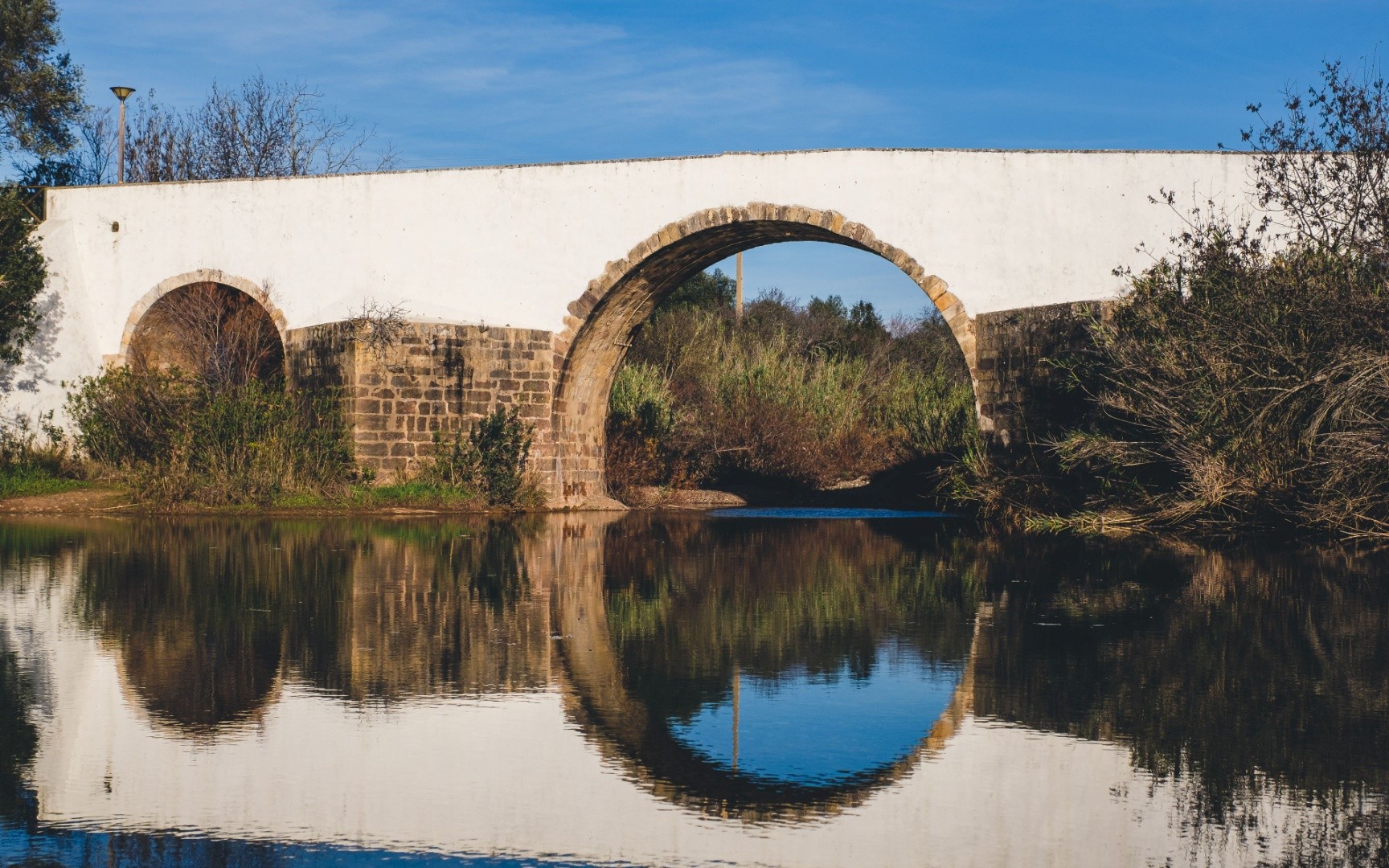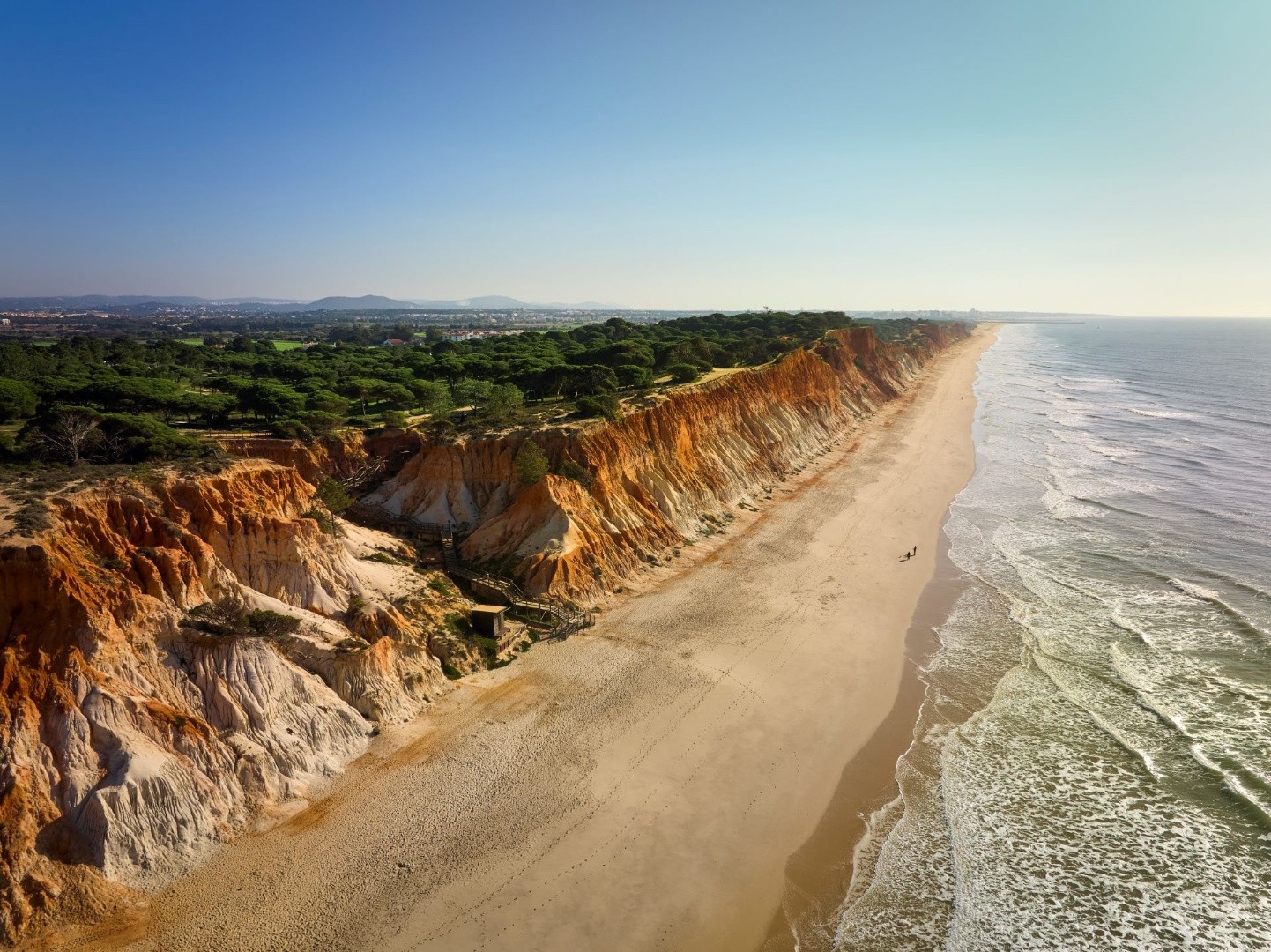Karst
The Rocha dos Soidos is an impressive rocky massif that stands out in the landscape with its striking cliff, resembling the bow of a ship. At a height of 467 meters, it provides an unobstructed panoramic view of the Serra do Caldeirão and is of great interest due to both its geomorphology and geological history.
This formation was created through a process known as differential erosion, where rocks less resistant to weathering and erosion erode more quickly over time. In contrast, the more durable rocks are less affected, preserving their original shapes for longer periods, which results in striking landforms like Rocha dos Soidos. Erosion has shaped the area, revealing very ancient clays and marls from the Lower Jurassic period (201–175 million years ago) and exposing a ledge composed of dolomites, a magnesium-rich limestone that is highly resistant to erosion.
Fossils have also been discovered at Rocha dos Soidos, though not all are well-preserved. Among these are rare pollens, indicating a Triassic age of approximately 250 million years ago. Additionally, fossils of gastropods (including snails and whelks) and bivalves (such as clams) can be found at certain levels, which help date these rocks to the early Jurassic period (Hettangian, approximately 201 –200 million years ago).
Another fascinating feature of this site is the presence of igneous rocks, formed from the cooling of magma, which appear as dolerite sills and dykes (dark volcanic rock veins) and ancient flows of basaltic lava. These formations are linked to volcanic activity associated with the Monchique Massif (72 million years ago) and the Central Atlantic Magmatic Province (approximately 251 million years ago). This large-scale geological event affected vast regions, having disruptive effects on the climate, as well as marine and terrestrial ecosystems, and contributed to the mass extinction at the end of the Triassic period.
Locality:




